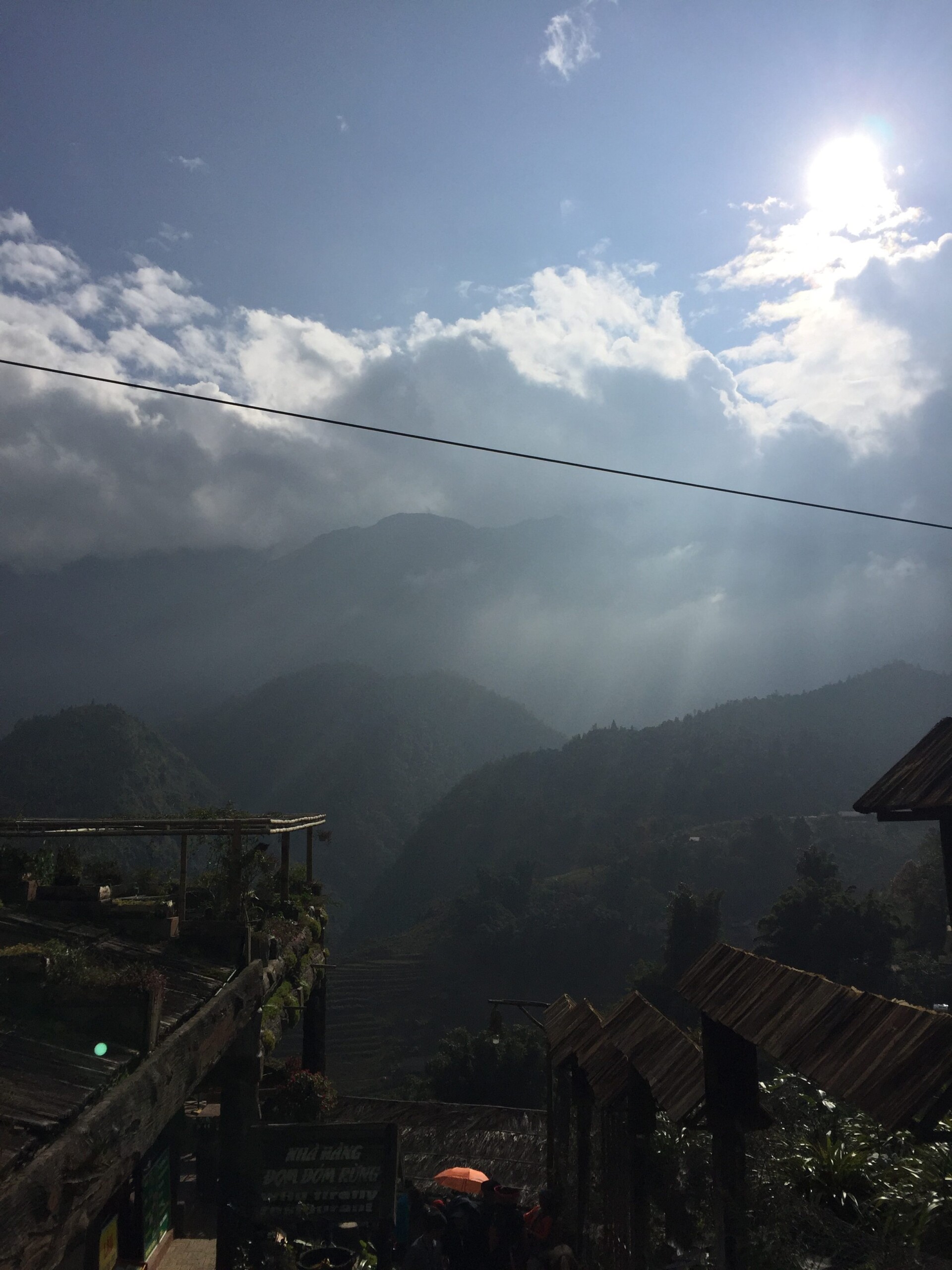
Testimonial
Strength, Fright and Livestock: How Climate Change is Threatening yet Another Way of Life
“Looking after them gives me a sense of purpose that doesn’t compare to anything else. Without them, I feel as if a part of me is missing. Being a mother isn’t easy, but when I see them smiling and enjoying life, all of the hardships seem worth it. At the end of the day, our family is all we have.” This is how Mai Tai Uyen described the love she has for her two children, daughter Thuy Anh (12), and son An (13). In the middle of the conversation, Uyen quickly snapped at An and told him to quiet down. He was being rambunctious while playing with a stray dog and a stick.
It seemed that the beautifully soft side of Uyen was balanced perfectly by an incredibly tough personality. This isn’t surprising, since being a farmer in the northern provinces of Vietnam is not for the faint of heart. Uyen embodies what it means to be a strong, independent woman, and I walked away from our meeting partly questioning how competent I am as an adult, and partly inspired by how tough the 50-year-old, 5 foot nothing Vietnamese lady I just met was.

The northern mountain sun on the way into Hoa Binh province.
Farms like Uyen’s are typical in northern Vietnam, as the agricultural sector represents 20% of the country’s total economy [1]. During our chat, Uyen told me that she has been able to generate income in two different ways. First, she butchers and sells cow meat to the rest of the community, and second, she rents her water buffalo to other farmers as a tool for plowing fields. “We care about our animals very much”, she told me, “it takes a lot of time and effort to turn these animals into money”.
However, it seems that dedication, hard work, and a strong commitment to their animals isn’t enough for rural farming communities to withstand the financial pressures that have been introduced by climate change. A report done by the International Journal of Development and Sustainability has shown that climate change is directly responsible for the recent 1% decrease in the size of Vietnams agricultural industry [2]. Every year, increasingly frigid winter weather, fluctuating rainfall patterns, and major storm events prevent rural farming communities from providing a high standard of living for themselves and future generations. These environmental changes have hurt the standard of living many rural farmers enjoy as they depend on their crops for their livelihoods.

Farmland landscape in Northern Vietnam
In 2017, the biggest typhoon in ten years slammed into Vietnam and caused major damage throughout the country [3]. Today, many Vietnamese people are still rebuilding from Typhoon Doksuri, including a large proportion of rural northern farming communities. These communities were hit with heavy floods that washed out a lot of the corn and sugar cane crops that were being farmed at the time. In the case of Uyen, her farm lost almost half of its livestock and is still trying to recuperate.
“I’m not scared of a lot, but losing our farm is definitely one of my biggest fears.”, Uyen said to me. Uyen’s story is only one of many that exist in Vietnam’s northern rural communities. Over my time working with homestay owners in northern Vietnam, this kind of story seems to have become fairly normal. Out of the 10 homestay communities I have visited, 7 still bear the physical scars of Typhoon Doksuri. With that being said, all of the individuals who live in those communities seem to have a nightmare like story of the storm.

Local residents transporting supplies to rebuild community
Companies, like Discovery Indochina, have begun to help create other ways of income in these communities so that residents will have more to money to fall back on once the storms have passed. These programs include homestay training for locals as well as community-based tourism programs that reinvest into community projects that help residents withstand the financial hardships that come with climate change.
That being said, these solutions only address the symptoms of the greater issue of climate change and don’t prevent catastrophes like Typhoon Doksuri from occurring. Without any current solution for climate change, it seems that NGO’s and companies coming together to help local individuals get through these hardships is the best we have.
CRÉDITS ET RÉFÉRENCES
References
[1] Vietnam GDP From Agriculture. (2019) Retrieved from https://tradingeconomics.com/vietnam/gdp-from-agriculture
[2] Trung, P.T. (2013). Climate change and its gendered impacts on agriculture in Vietnam. International Journal of Development and Sustainability. Retrieved February 18, 2019, from https://isdsnet.com/ijds-v2n1-5.pdf
[3] Luu, C., & Meding, J.V. (2017, September 20). Vietnam’s Typhoon Disaster Highlights the Plight of its Poorest People. Retrieved from http://theconversation.com/vietnams-typhoon-disaster-highlights-the-plight-of-its-poorest-people-84274
